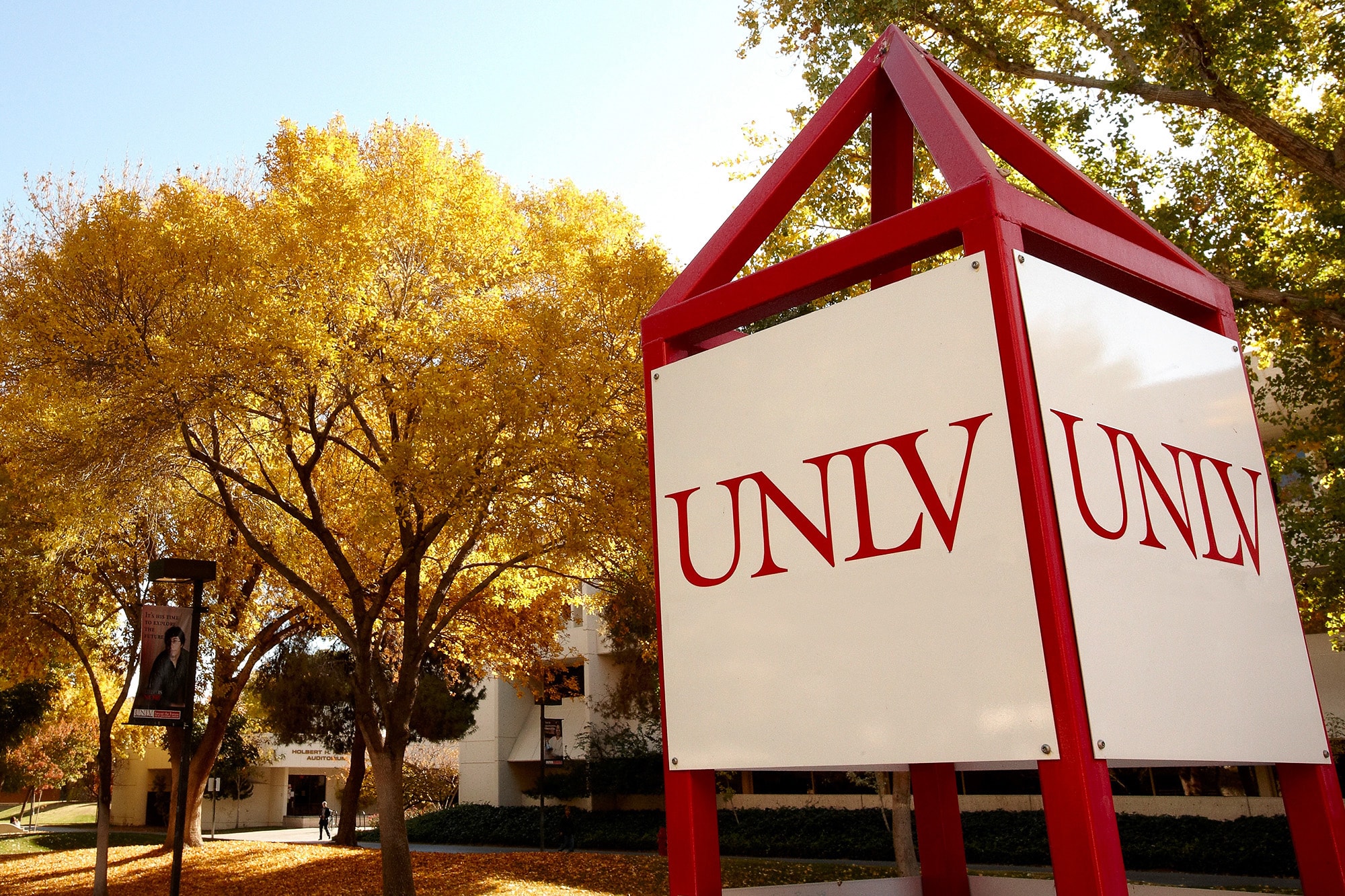The prestigious CAREER Awards are presented nationwide to junior faculty who “exemplify the role of teacher-scholars through outstanding research, excellent education, and the integration of education and research within the context of the mission of their organizations,” according to the NSF website.
A highly competitive grant award designed to establish a “lifetime of leadership in integrating education and research,” the CAREER Award is considered a clear indication of achievement. A number of UNLV faculty have received this prestigious award through the years; here is the story of one of them.
Frank van Breukelen, Life Sciences
Frank van Breukelen’s CAREER Award has enabled him to study protein metabolism in hibernating animals, which has some fascinating medical implications for humans.
During hibernation, animals’ core body temperatures can fall below the freezing point of water, and their heart rate can be as low as two to three erratic beats per minute. Many fundamental processes are affected, including the ability to make and degrade proteins. “We’ve made significant strides in understanding how these processes are regulated and the consequences of this regulation,” says van Breukelen.
Combining research and education was also an important part of his CAREER Award project. He and his team created a television show called “Desert Survivors” as a part of the project; the show focused on increasing scientific literacy in 5th graders.
What is the impact of this research?
“The medical implications of the study of hibernation are immense,” van Breukelen says. “The physiological consequences associated with hibernation provide a natural model for the study of the effects of reduced blood flow similar to that seen during stroke or cardiac arrest, the loss of muscle and bone tissue during bed rest or limb immobilization, accidental hypothermia, organ transplant therapy, obesity, and kidney failure.”
He believes that processes like extra-corporeal rewarming of blood during treatment of severe hypothermia might have been adopted sooner had the medical community sought lessons from the hibernator. “Hibernators shunt blood from the periphery as they arouse from hibernation. Only after significant rewarming has occurred does the peripheral circulation become re-established. Essentially hibernators do what extra-corporeal rewarming sets out to do.”
He has received well over $1 million in federal funding as a principal investigator, and he was an integral team member on other projects that have garnered more than $17 million in federal funding.
How did he become interested in this area of study?
“As an undergraduate, I worked with a mentor who focused on what allowed hibernators to resist the muscle disuse atrophy normally associated with prolonged periods of inactivity,” van Breukelen says, noting that he was intrigued by the larger notion of hibernation.
“At a biochemical and cellular level, virtually every process must be impaired in hibernation,” he says. “This idea fascinated me, and I set out to acquire the skills to allow me to address the question of, ‘How do animals even hibernate?’”
How are students are involved?
A large number of both undergraduate and graduate students work on van Breukelen’s projects. “One of the graduate students, Peipei Pan, recently graduated and has five scholarly publications. Another undergraduate student, David Cotter, did excellent work and is currently an M.D./Ph.D. student at the top-ranked program in the country. All told, dozens of students have gone through the lab, and many have gone on to medical school or prestigious graduate programs.”
What other areas does he study?
“My laboratory has a large number of current and completed projects,” he says. “Fundamental to virtually all of them is a desire to integrate evolutionary perspectives into mechanisms that allow animals to survive in what we deem to be harsh environments.”
Current projects include such diverse topics as protein degradation in freeze-tolerant frogs; gene expression in denning grizzly bears; the design and construction of a direct heat calorimeter to better assess the energy status of animals; and an “enormous collaborative project” on understanding the mechanisms of adaptation in a group of endangered fishes.
How does he feel about receiving the NSF Career Award?
“I feel lucky and grateful,” van Breukelen says. “The funding success at NSF is extremely low, and the climate is exceptionally competitive. The CAREER Award is even more competitive. Receiving the CAREER Award is an affirmation from peers in the research community that one’s research deserves support and recognition. With that support comes an immense feeling of responsibility to use the money effectively.”



